Ensuring that your baby gets enough sleep is essential for their health and development. As a new parent, you may have heard about cradle swings, also known as baby swings, and are wondering if it is safe to let your baby sleep in one. Cradle swings are designed to mimic the gentle rocking motion of being held in arms. They have been a popular choice for many parents to help their babies sleep, but how long can a baby actually sleep in a cradle swing? In this blog post, we will discuss the recommended sleep duration for a baby in a cradle swing and some safety precautions to keep in mind.
Key Takeaways:
- The recommended sleep duration for a baby in a cradle swing is no more than 30 minutes at a time.
- It is important to supervise your baby while they are sleeping in a cradle swing.
- Always follow the weight and age restrictions provided by the manufacturer.
- Baby swings are not intended for overnight sleeping and should only be used for short periods of time.
In This Article
Is it safe for babies to sleep in a cradle swing?
While cradle swings can be a helpful tool for soothing a fussy baby, it is important to remember that they are not intended for long-term sleep. Generally, it’s not recommended for babies to sleep in a cradle swing or any other device that rocks or swings due to safety concerns.
However, babies lack the muscle strength to support their heads, and sleeping in a semi-upright position can lead to suffocation. The American Academy of Pediatrics (AAP) reports around 3,500 infant deaths annually in the U.S. due to sleep-related causes.
Although parents may use cradle swings as a convenient way to soothe their baby, it’s essential to follow safe sleep practices recommended by the AAP and other organizations. This includes placing babies on their backs in a firm, flat crib or bassinet with no loose bedding or objects that could potentially cause suffocation.
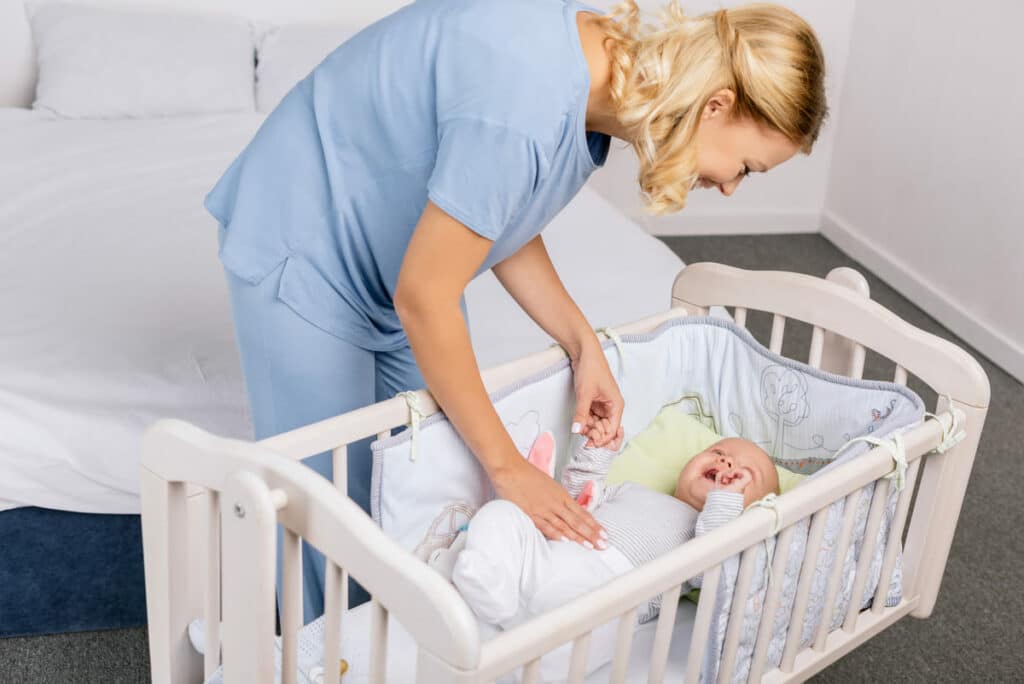
How long should a baby sleep in a cradle swing?
Babies should not sleep in a cradle swing for more than 30 minutes at a time, or a total of one hour a day. This is because the semi-upright position can cause breathing difficulties and increase the risk of Sudden Infant Death Syndrome (SIDS).
It’s important to note that this recommendation may vary depending on the manufacturer, so always follow the weight and age restrictions provided by your specific cradle swing. As per the experts’ recommendations, babies should always be placed on their backs to sleep in a crib or bassinet with a firm mattress and fitted sheet.
However, it is not safe for babies to sleep on soft surfaces or in inclined positions, as it increases the risk of suffocation and SIDS. Moreover, it’s important to never leave a sleeping baby unattended in a cradle swing and always ensure that the swing is properly assembled and in good condition.
What are the risks of letting a baby sleep in a cradle swing?
Cradle swings are not designed for overnight sleeping and should only be used for short periods of time under parental supervision. There are many potential risks associated with letting a baby sleep in a cradle swing, including:
- Suffocation and positional asphyxia from the baby’s head slumping forward or to the side, obstructing the airway.
- Inadequate support for a baby’s developing spine and neck can affect physical development and lead to long-term issues.
- Risk of falls or entrapment if the baby is not securely fastened in the swing.
- Potential for the baby to attempt to climb out of the swing, increasing the risk of injury.
- Lack of proper supervision during sleep in a swing can increase the chances of accidents or emergencies going unnoticed.
- Prolonged sleep in a cradle swing may contribute to flat head syndrome (positional plagiocephaly).
- Limited opportunities for the baby to engage in important developmental activities, such as tummy time and free movement, which are crucial for their growth and motor skills.
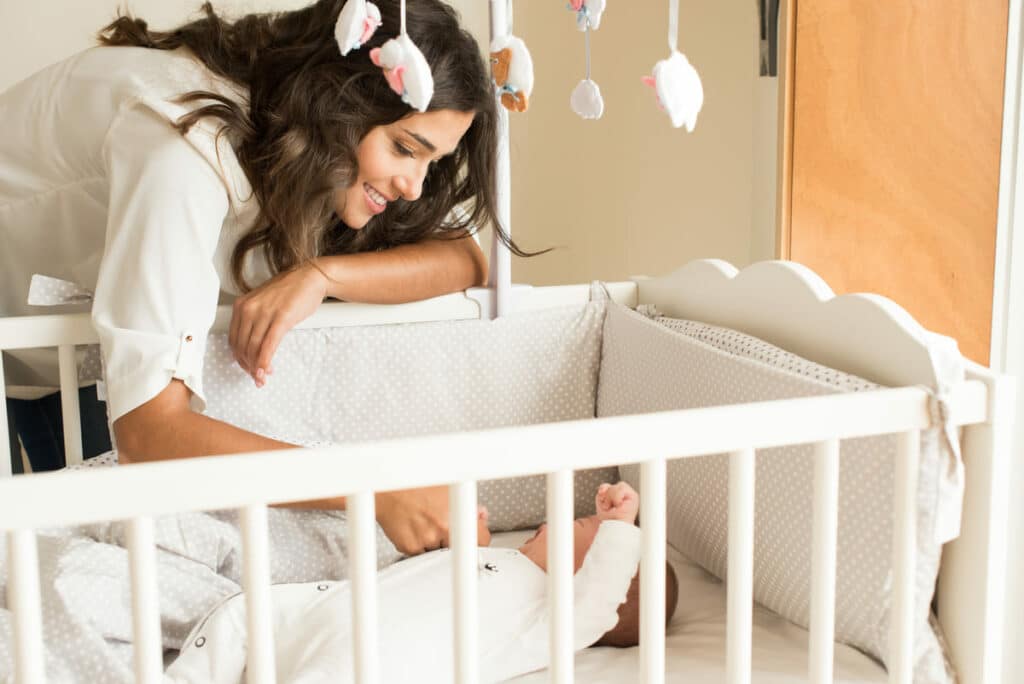
What are some alternatives to using a cradle swing for a baby’s sleep?
When it comes to providing a safe and comfortable sleep environment for your baby, there are alternatives to using a cradle swing. They are:
- Cribs: A crib with a firm mattress and fitted sheet is the safest place for your baby to sleep. It provides ample space for them to move around freely, and you can easily keep an eye on them.
- Bassinets: Similar to cribs, bassinets are designed explicitly for newborns in the first few months of life. They are smaller than cribs, making them easy to move from room to room and keep your baby close by.
- Co-sleepers: Co-sleepers are bassinets that attach to the side of your bed, providing a safe sleep space for your baby while also allowing you to be close by for breastfeeding and comforting.
- Swaddling: Swaddling is an effective way to help soothe babies and promote better sleep. It involves snugly wrapping them in a light blanket, mimicking the feeling of being held and providing a sense of security.
- Playards: Playards are versatile and portable sleep options for babies. They have a flat, firm surface and mesh sides for breathability, making them a safe choice for napping or supervised playtime.
When is the best time to transition from Cradle Swing to Crib or Bassinet?
It’s recommended to transition your baby from a cradle swing to a crib or bassinet as soon as they outgrow the weight and age restrictions provided by the manufacturer. For babies, transitioning from a bassinet to a crib is ideal between 3 and 5 months. This marks when their sleep patterns shift to cycle-based sleep, becoming more regulated.
However, some babies may require extended soothing and remain in the swing for up to 6 months. A small minority of infants may need the swing until around 8-10 months of age. It’s important to consult your pediatrician for guidance and monitor your baby’s development and sleep patterns closely during this transition period.
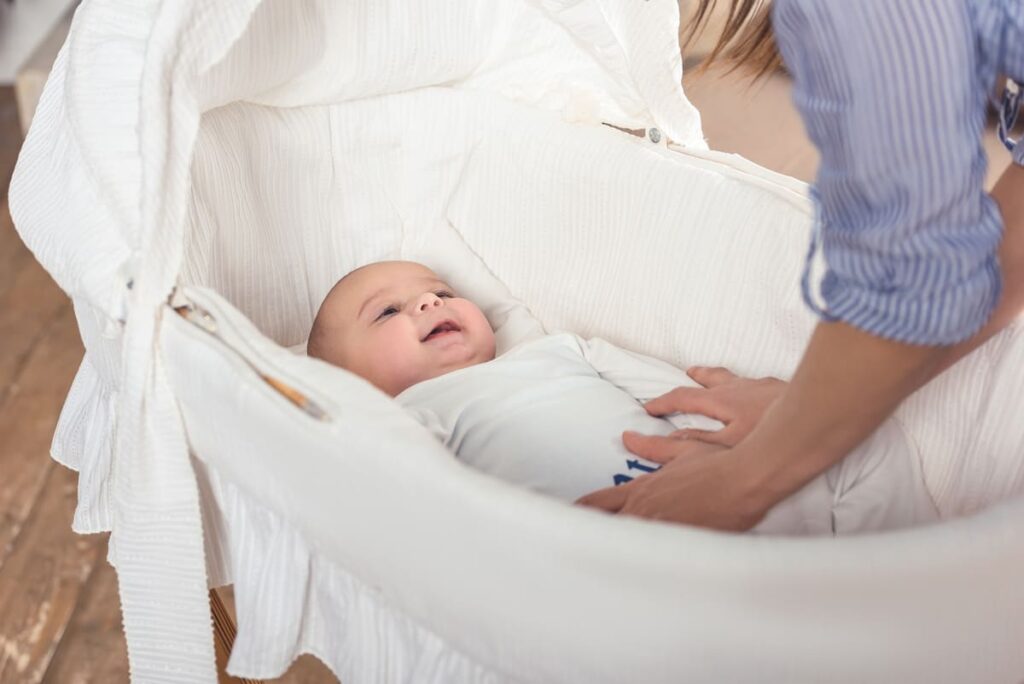
What are some common Concerns or Misconceptions about Cradle Swing?
There are several concerns and misconceptions regarding cradle swings that parents may have. Some of the most common ones include:
- The belief is that cradle swings are a safe sleep option for babies.
- I think that letting a baby sleep in a cradle swing can help with conditions like acid reflux and colic.
- Assuming that using a cradle swing as the primary sleep space for your baby will not have any negative effects on their development or sleeping habits.
- Not realizing the potential dangers and risks associated with allowing a baby to sleep in a cradle swing for extended periods.
- The misconception is that using a cradle swing as a sleep option will help babies learn to self-soothe and become independent sleepers.
- Believing that cradle swings are a necessary tool for soothing fussy or colicky babies.
- Not understanding the difference between a cradle swing and a crib, and assuming that both are safe sleep options for babies.
What do experts say about using a cradle swing?
Experts recommend limiting the use of cradle swings for sleep and only using them for short periods of time under parental supervision. They stress the importance of following weight and age restrictions provided by the manufacturer and never leaving a sleeping baby unattended in a cradle swing.
Moreover, experts suggest avoiding the use of cradle swings as a long-term sleep solution and instead opting for safe sleeping practices such as placing the baby on their back in a crib or bassinet. When babies are awake, cradle swings can gently rock and stimulate them. However, it’s important to limit usage and ensure proper support for the baby’s head and neck.
Safety Tips to Consider While Using a Cradle Swing
Before using a cradle swing for your baby, it’s crucial to follow these safety tips:
- Always read and follow the manufacturer’s instructions for proper assembly and use of the cradle swing.
- Make sure the swing is on a flat and stable surface and not near any hazards such as stairs or sharp objects.
- Use the harness provided to securely fasten your baby in place and prevent falls or entrapment.
- Never leave your baby unattended in the cradle swing, especially during sleep.
- Remove any toys or loose objects from the swing that could potentially be choking hazards.
- Stop using the cradle swing once your baby exceeds the weight and age restrictions recommended by the manufacturer.
- Regularly check the cradle swing for any wear and tear, and stop using it if there are any signs of damage.
- Always monitor your baby’s sleep position and make sure they are placed on their back to reduce the risk of suffocation.
- Limit the use of cradle swings for sleep and prioritize safe sleep practices such as cribs or bassinets.
- Lastly, consult your pediatrician if you have any concerns or questions about using a cradle swing for your baby’s sleep.
The Conclusion
In summary, babies can sleep 30 min safely in a cradle swing under parental supervision as long as they meet the weight and age requirements. However, experts recommend limiting the use of cradle swings for sleep and opting for safer alternatives. It’s essential to follow safety precautions to prevent any potential risks and ensure a safe sleeping environment for your baby. So, make sure to consult with professionals when considering using a cradle swing as a sleep option!

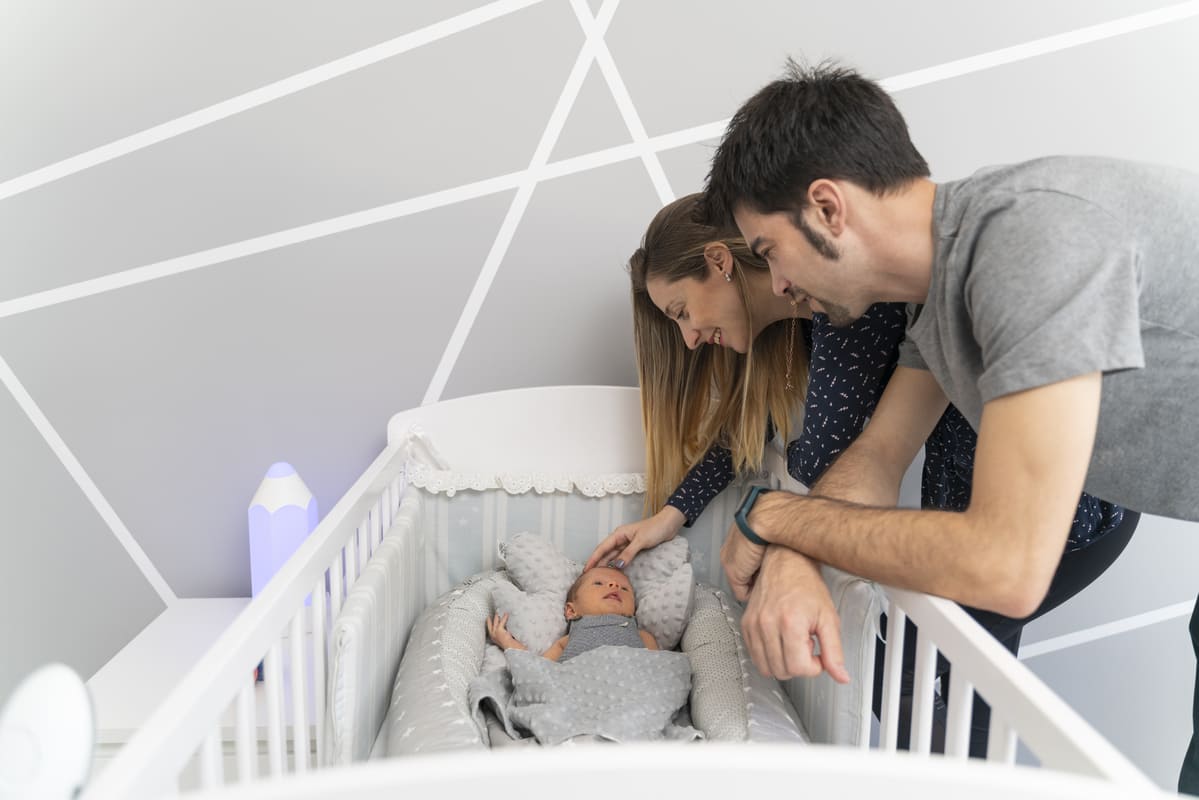
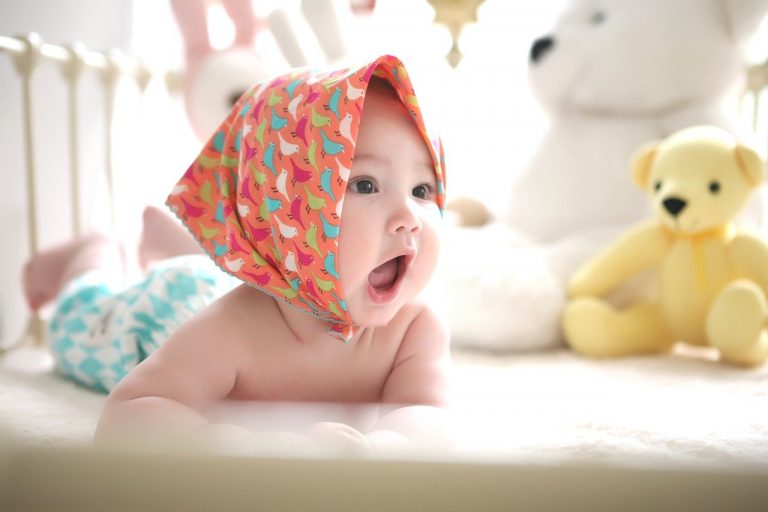
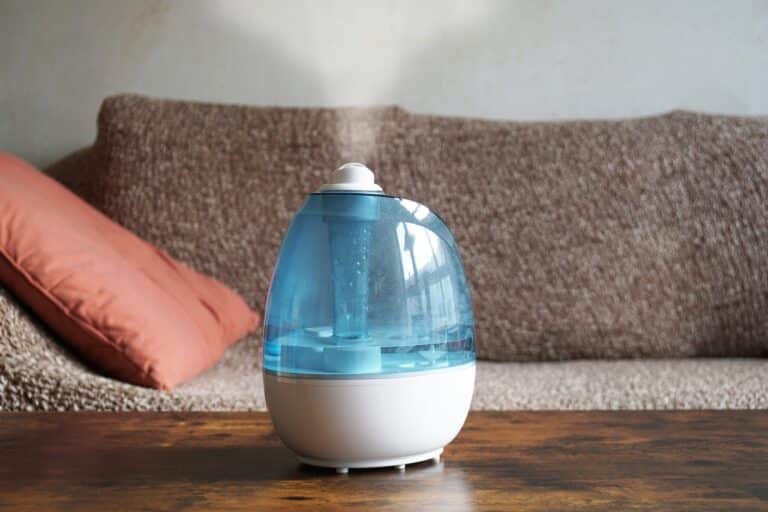
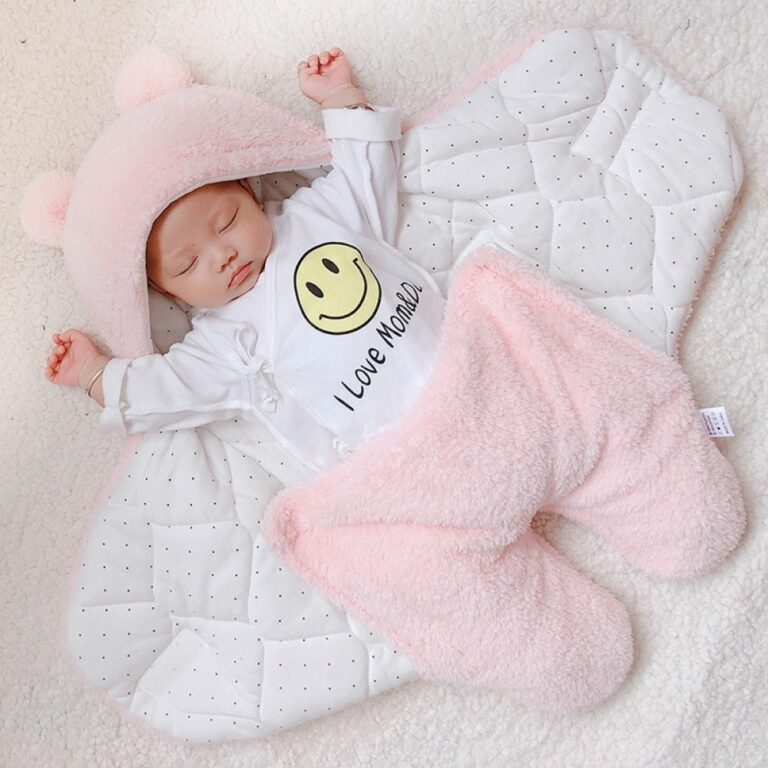
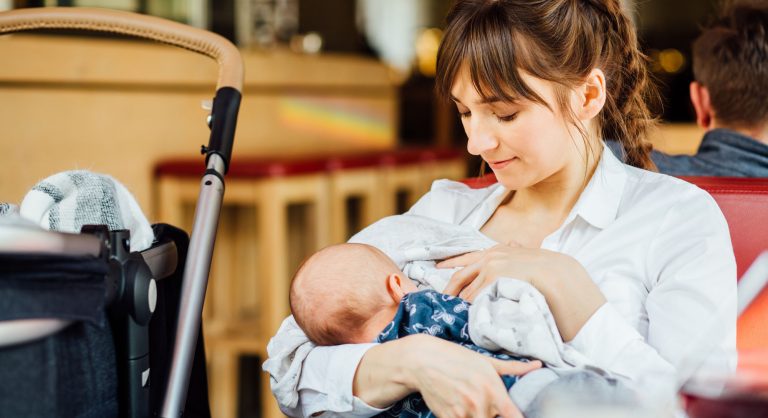




![Home Renovation Guide [2025]](/app/uploads/2021/04/design-hacks-1-378x300.jpg)
